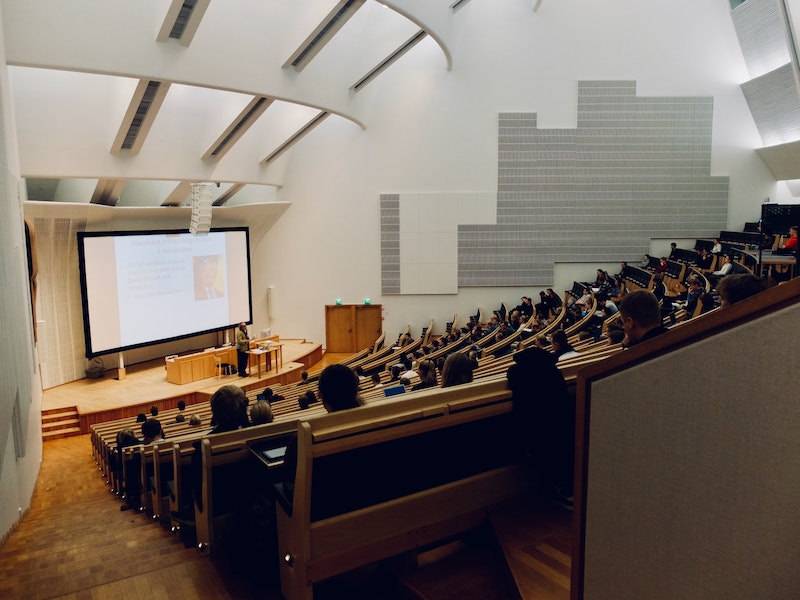
Installing a projection system is about engineering the full experience–crystal-clear visuals, reliable performance and smooth integration with sound, lighting and control systems.
Installing a sound system is about delivering clear, consistent and immersive audio that fits the space and the purpose. A great sound system balances design, hardware, acoustics and control.
Let’s look at the projection system installation first
A Midwest Audio Visual projection job starts with a needs assessment and analysis of your Columbus space, including
- your purpose
- the room size and shape
- lighting conditions and
- the audience layout
Throw distance, brightness, screen size and more are determined by the above.
Next comes selecting your projector. Brightness, resolution, throw ratio, the lens type and laser vs. lamp technology all factor into the decision.
Then you need a screen. Again, there are choices:
- Fixed or movable
- Size
- Gain (brightness reflectivity)
- ALR (ambient light-rejecting)
With your equipment determined, our installers get to work safely mounting your screen and projector with precise alignment, running cables and accessing power (with the help of an electrician if needed).
Touch panels, remotes or room controllers are installed, with preset modes if desired, along with automation elements if they part of your system.
The projection system is then tied into your existing or a new sound system.
Calibration, testing and user training complete the process.
What goes into a Midwest sound system installation
As with a projection system, assessment comes first. Particularly important is an evaluation of the acoustic environment—are there echoes, hard surfaces, ambient noises?
Then speakers are selected.
Next come amplifiers and digital signal processing: the brains of the system. These components power the speakers, balance levels, remove feedback and manage inputs. In addition, they shape sound, delay timing and handle zoning.
Microphones and input devices must also be chosen.
Speaker placement and coverage mapping are critical. Midwest sound system installers use software to map sound coverage and avoid dead zones, angle and position speakers to avoid reflections or echoes, and balance zones so sound doesn’t drop off or overlap oddly.
Mounting and cable routing are similar to the process used for projection systems.
A simple-to-use control system is then integrated.
As with projection jobs, calibration, testing and user training complete the installation.
If you are considering a new projection or sound system for your Columbus space, reach out at your convenience. We can help with each decision to ensure you get a system that fits your room and your budget.

